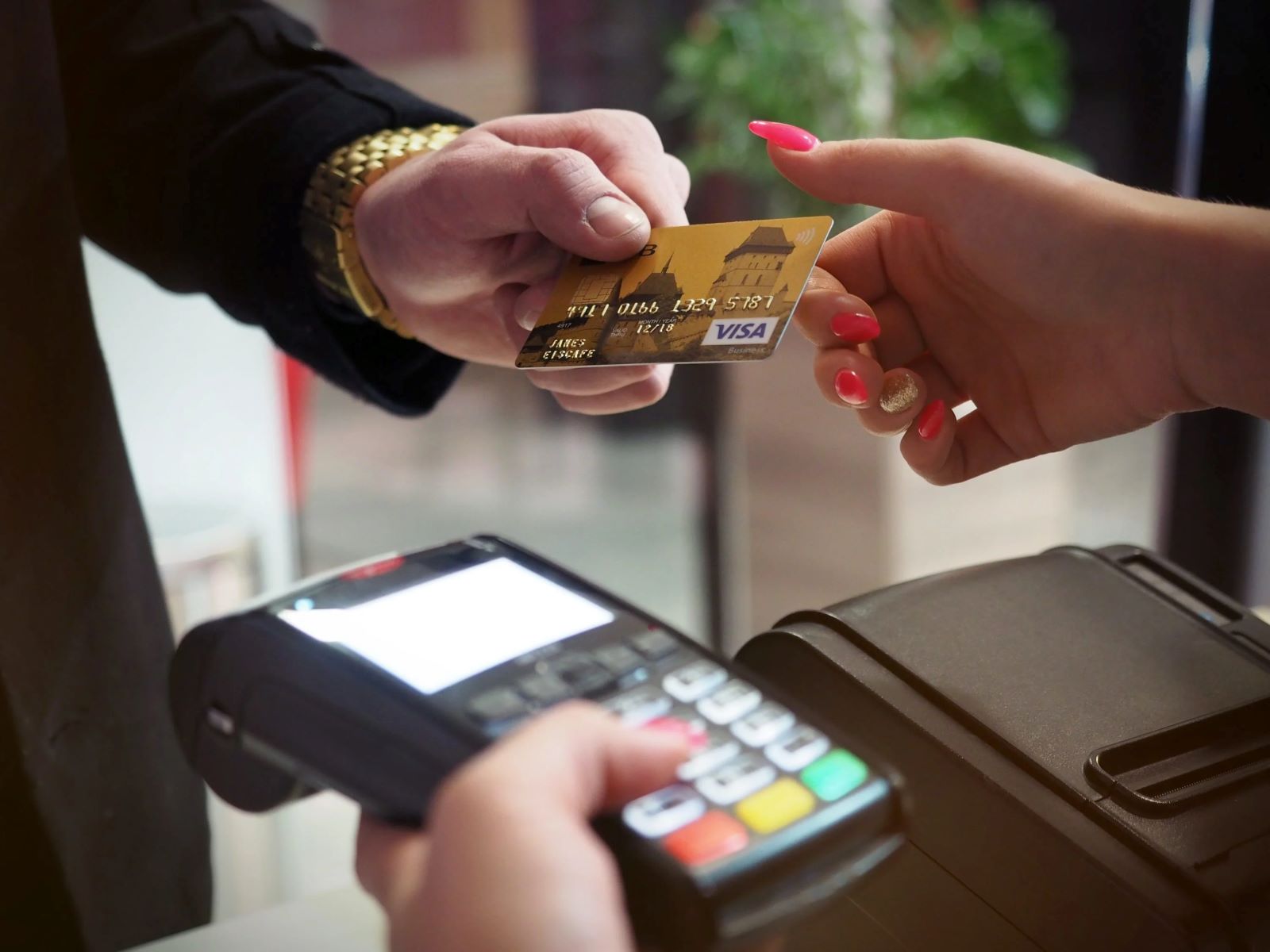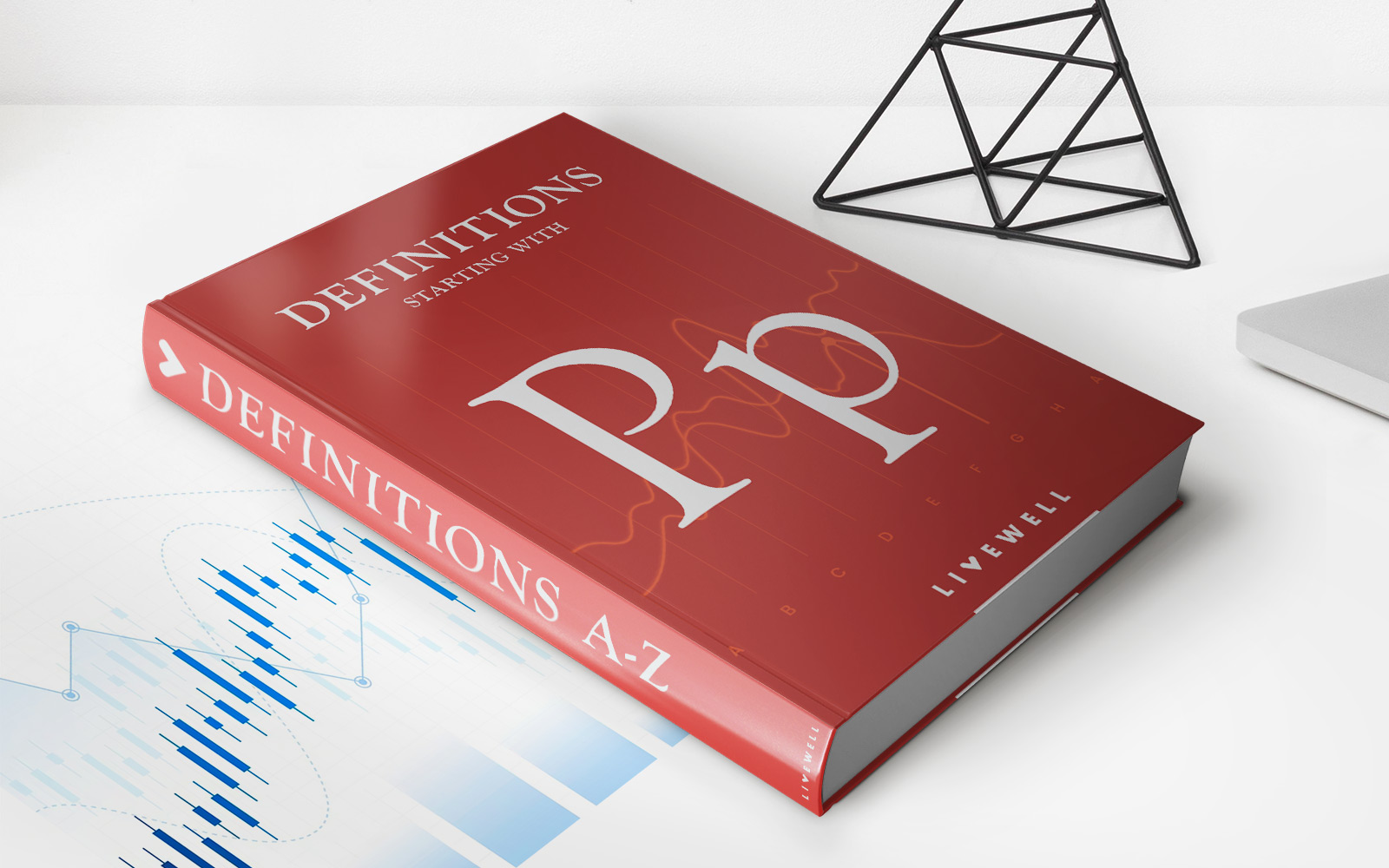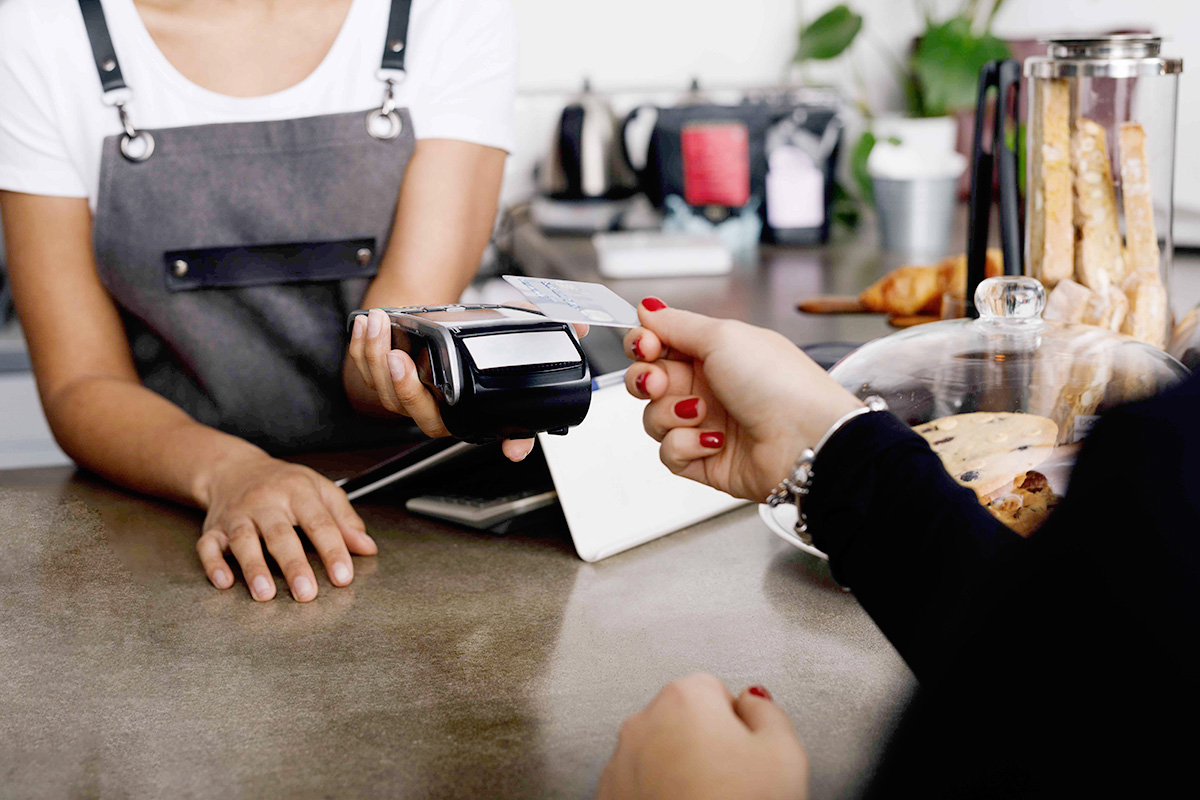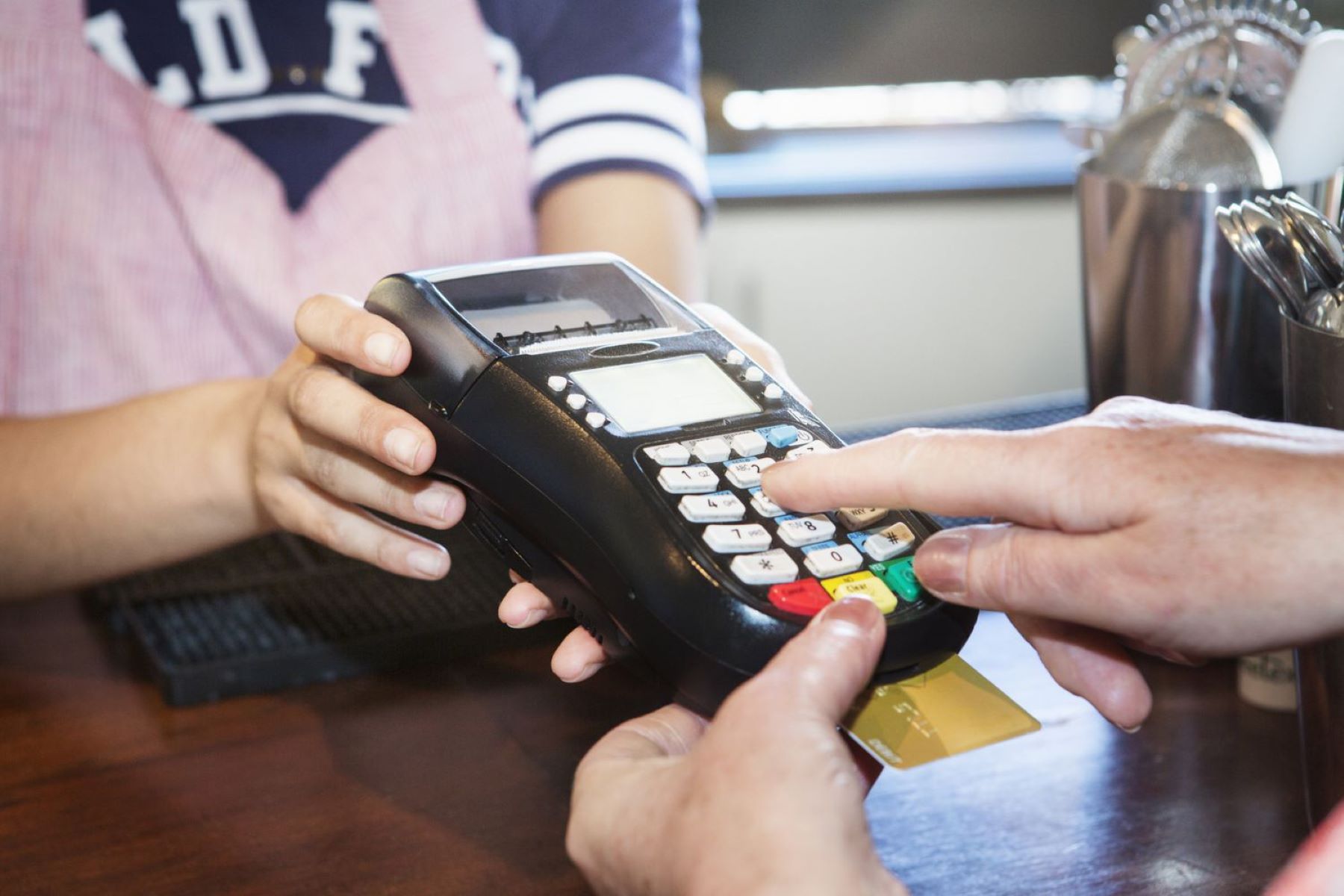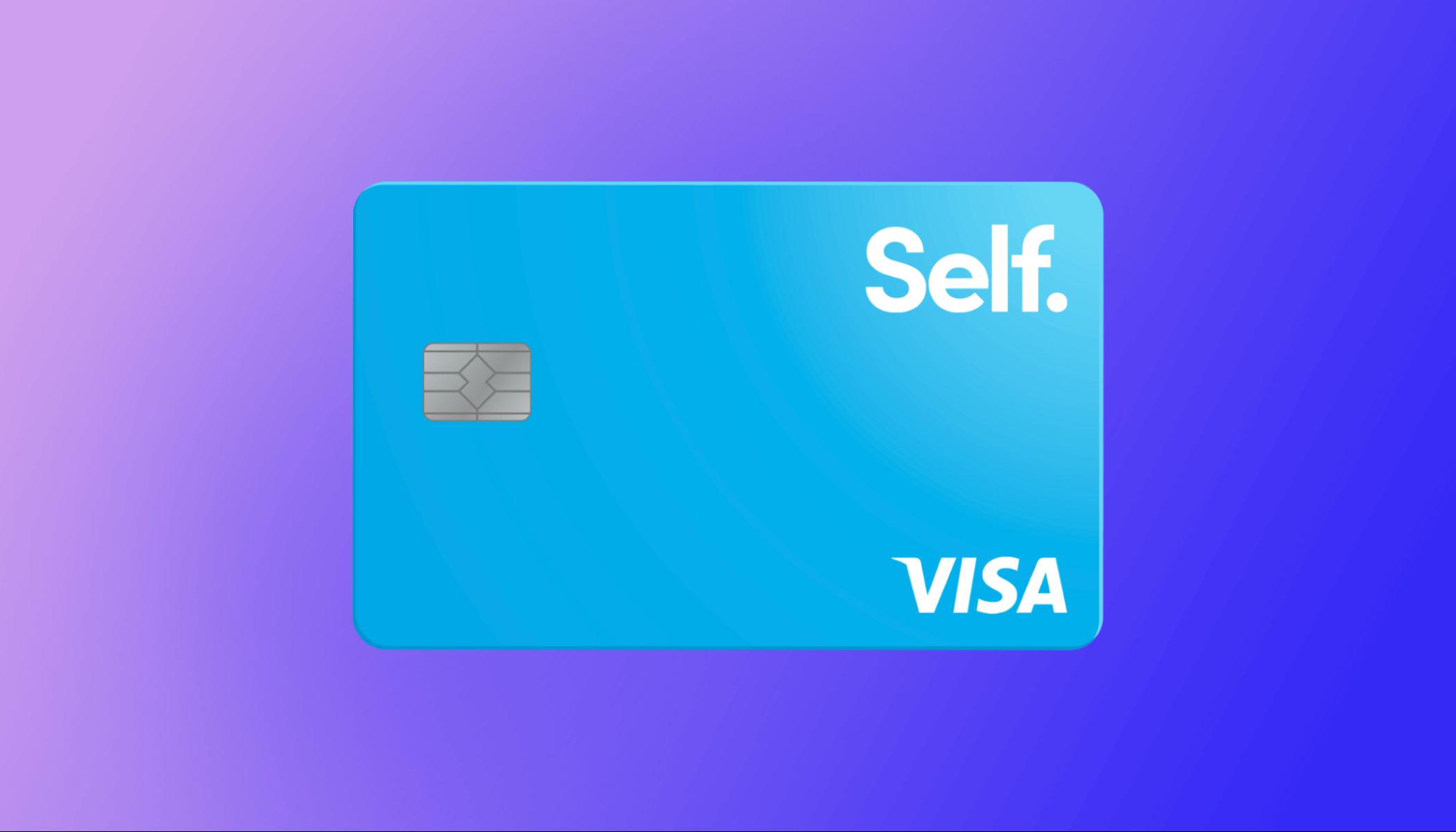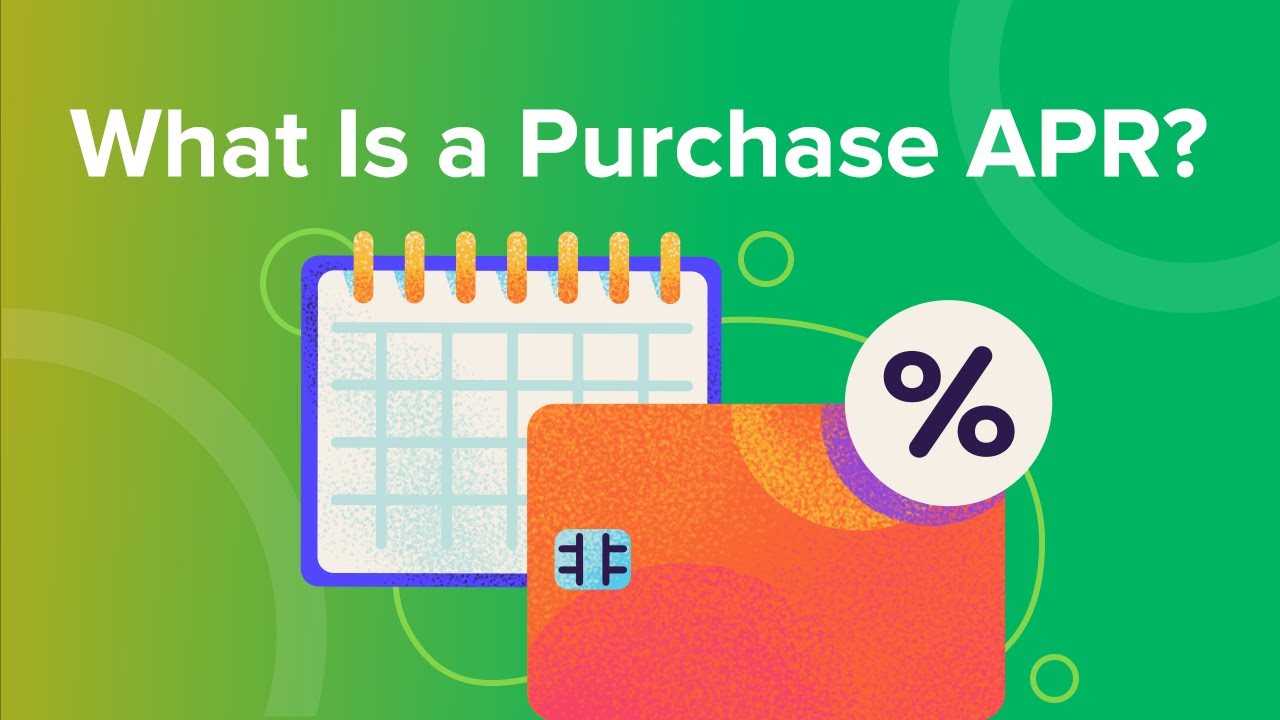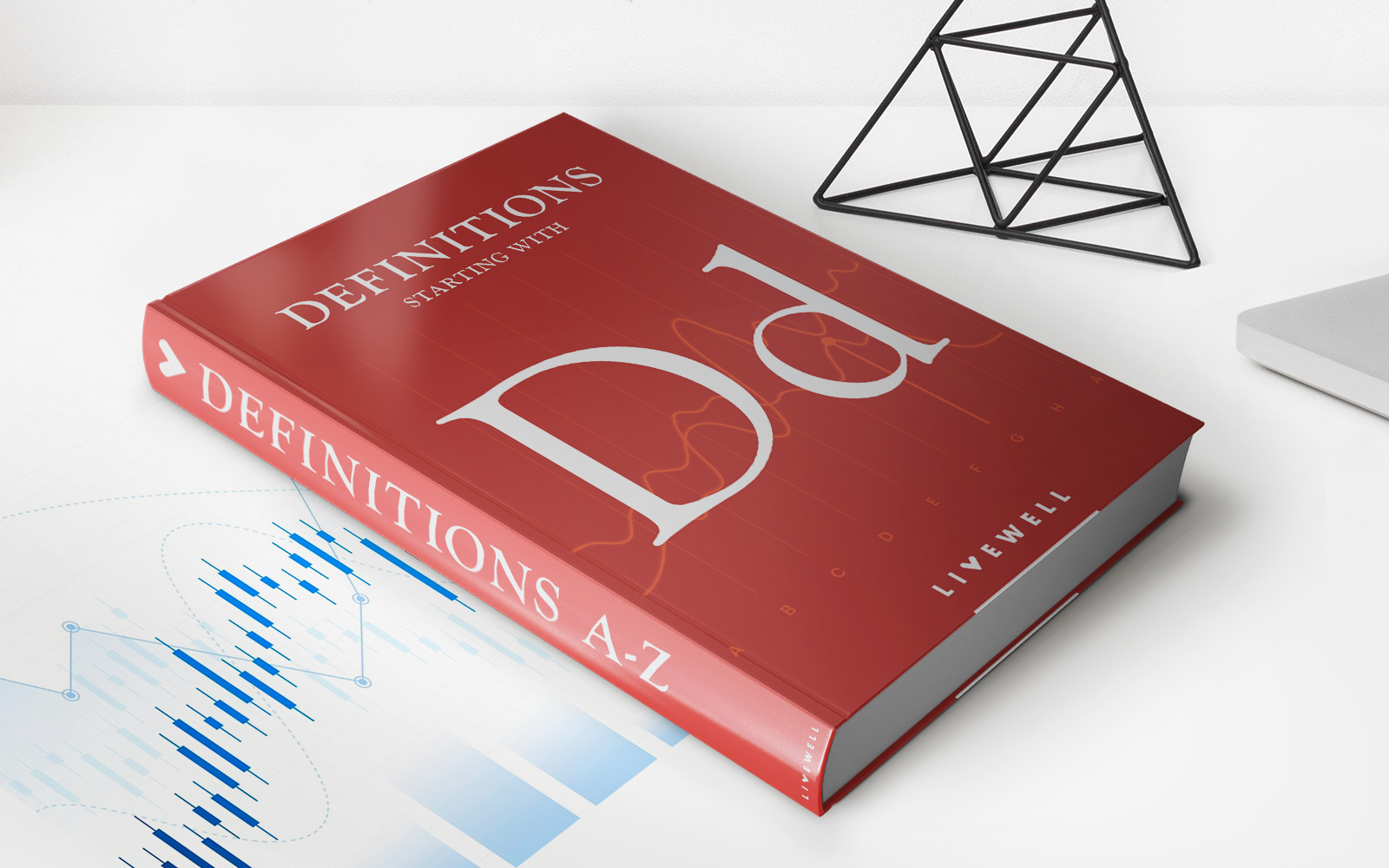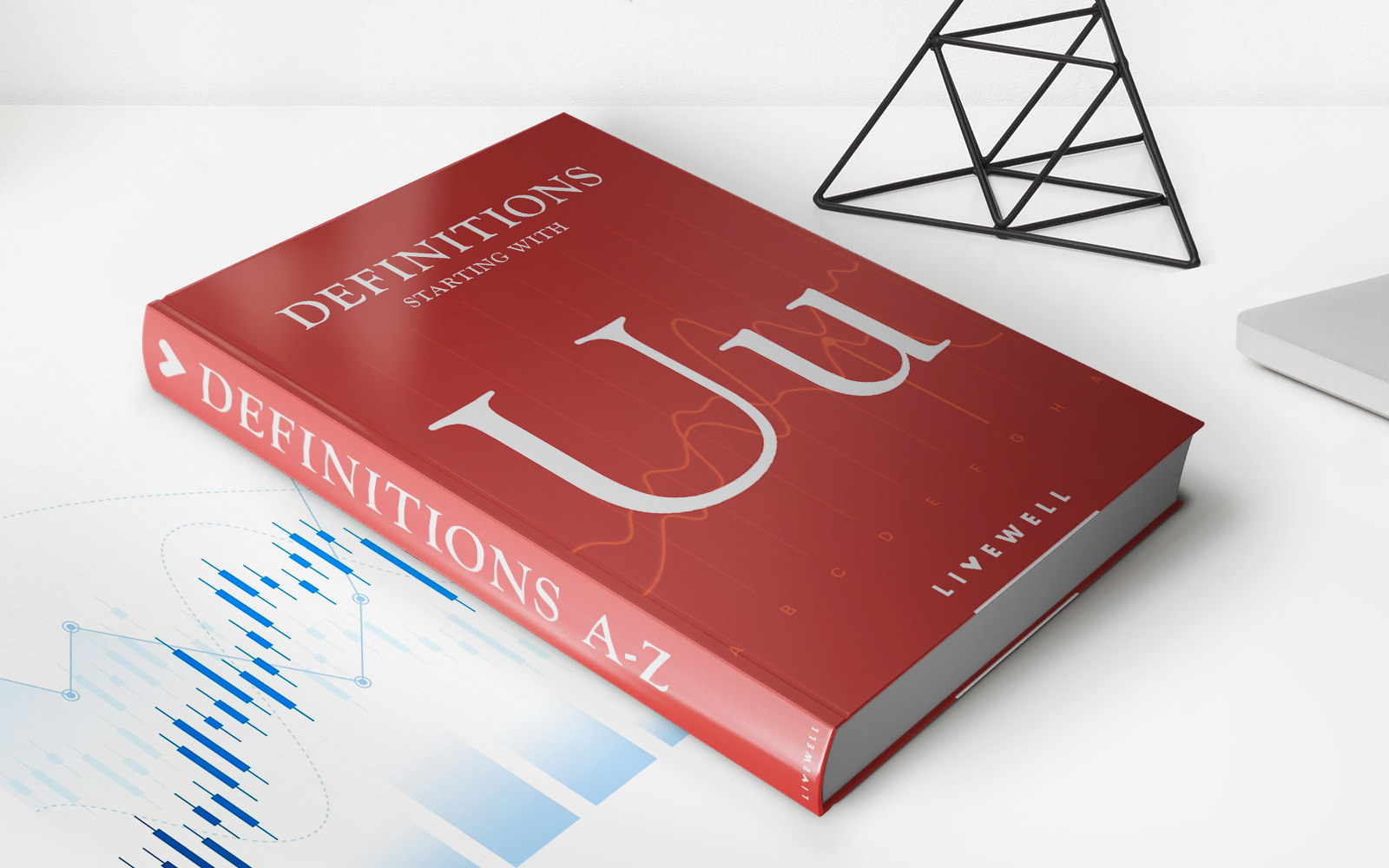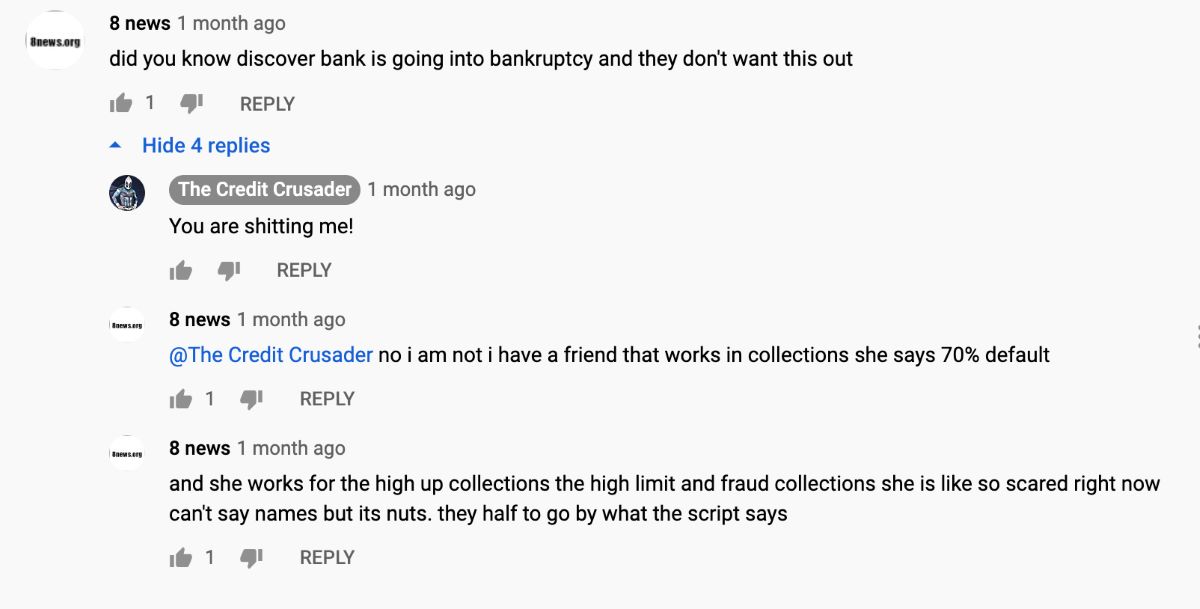Home>Finance>How To Purchase A Money Order With A Credit Card
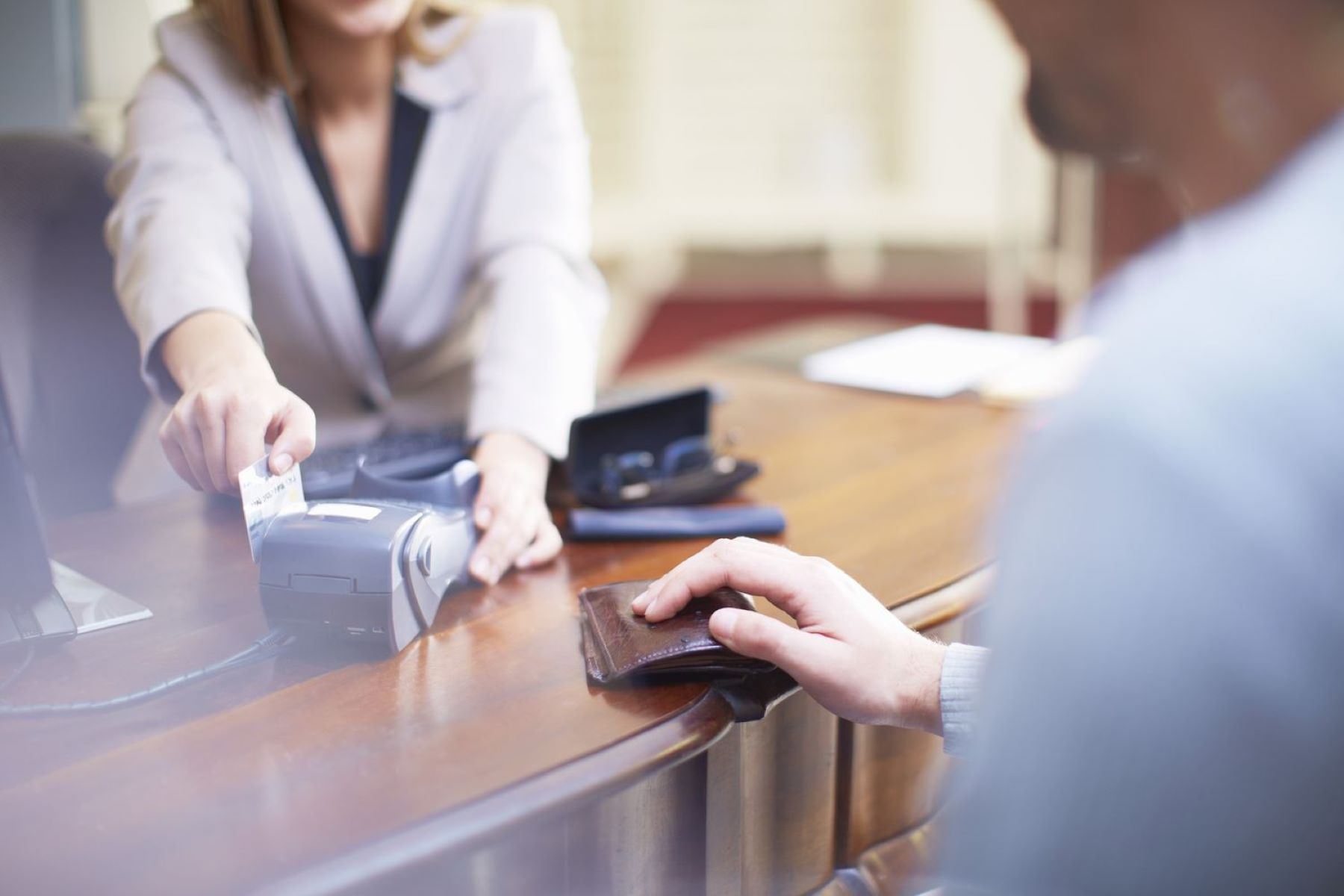

Finance
How To Purchase A Money Order With A Credit Card
Published: October 27, 2023
Learn how to conveniently purchase a money order with your credit card, making financial transactions easier and more secure. Boost your finance game today!
(Many of the links in this article redirect to a specific reviewed product. Your purchase of these products through affiliate links helps to generate commission for LiveWell, at no extra cost. Learn more)
Table of Contents
Introduction
Money orders are a popular method for securely sending money, whether it’s for paying bills, making purchases, or sending funds to family and friends. While cash or a traditional debit card are often used to purchase money orders, you may be wondering if it’s possible to buy them with a credit card.
In this article, we will explore whether you can buy money orders with a credit card, the potential benefits of doing so, and the risks and considerations involved. Additionally, we will provide you with a step-by-step guide on how to purchase a money order with a credit card and discuss alternative methods for sending money.
Understanding how to make the most of your financial options is crucial, and knowing whether purchasing a money order with a credit card is a viable solution can be a game-changer for your personal finances.
So, without further ado, let’s dive into the world of money orders and credit card transactions, and explore the possibilities and considerations that come with them.
Understanding Money Orders
Before delving into the details of purchasing money orders with a credit card, it’s essential to understand what a money order is and how it works.
A money order is a prepaid payment instrument issued by financial institutions, such as banks, credit unions, and certain retail stores. It serves as a guaranteed form of payment, functioning similarly to a check but with added security.
Money orders are often used when a recipient prefers not to accept personal checks or when immediate payment is required. They are widely accepted and can be cashed or deposited at banks, retail locations, and other financial service providers.
Money orders typically have a predetermined face value, ranging from a few dollars to a few thousand dollars, depending on the issuing institution. To purchase a money order, you must pay the face value plus a small fee, which varies depending on where you buy it.
Money orders come with a unique serial number, which is used to track the payment. This helps ensure that the money is securely transferred to the designated recipient.
It’s important to note that money orders are not the same as personal checks or cashier’s checks. Personal checks draw funds directly from the payer’s personal bank account, while cashier’s checks are issued by a bank and drawn on the bank’s own funds. Money orders, on the other hand, require upfront payment in full when purchasing.
Money orders provide a sense of security for both the sender and the recipient. The funds are prepaid, eliminating the risk of a bounced check or insufficient funds. This makes money orders a reliable and convenient method for making payments or sending money to individuals or businesses.
Now that we have a better understanding of what a money order is, let’s explore whether it’s possible to buy them with a credit card.
Can You Buy Money Orders With a Credit Card?
One common question that arises when considering the purchase of a money order is whether you can use a credit card for the transaction. The answer to this question depends on the specific policies of the institution or retailer from which you plan to buy the money order.
While some places may accept credit cards as a form of payment for money orders, others may only accept cash or debit cards. It’s important to check with the issuing institution or retailer beforehand to determine their accepted payment methods.
If the establishment does accept credit card payments for money orders, you can proceed with the purchase as you would with any other credit card transaction. Keep in mind, however, that using a credit card for a money order may require an additional fee or higher charges compared to using cash or a debit card.
It’s also worth noting that some credit card issuers may categorize money order purchases as cash advances, which can come with higher interest rates and additional fees. Be sure to review the terms and conditions of your credit card to understand any potential implications.
Furthermore, purchasing a money order with a credit card will likely count towards your credit card’s credit limit. If you’re close to your credit limit or trying to maintain a favorable credit utilization ratio, make sure you take this into consideration before using your credit card for a money order.
Lastly, it’s important to be aware that not all financial institutions or retailers that offer money orders will accept credit cards for purchase. Some may have strict policies in place or may only accept cash or debit cards. Therefore, it’s crucial to check with the specific establishment before attempting to buy a money order with a credit card.
Now that we understand whether it’s possible to buy money orders with a credit card, let’s explore the potential benefits of using a credit card for this type of transaction.
Benefits of Purchasing Money Orders With a Credit Card
While there are potential risks and considerations when buying money orders with a credit card, there are also benefits that may make it a worthwhile option for some individuals. Here are a few advantages of using a credit card for purchasing money orders:
- Convenience: Using a credit card to buy a money order can offer convenience, especially if you don’t have readily available cash on hand. Instead of making a trip to an ATM or bank, you can use your credit card for the transaction.
- Reward Points/ Cashback: Depending on your credit card, buying a money order may earn you reward points or cashback. If you have a rewards credit card and the purchase of money orders qualifies for rewards, you can potentially earn points or receive cashback for your transaction, making it a valuable option for maximizing your credit card benefits.
- Security: Credit cards offer added security features, such as fraud protection and purchase dispute resolution, which can provide peace of mind when buying a money order. If there are any issues with the transaction or if fraudulent activity occurs, you can work with your credit card company to resolve the problem.
- Record Keeping: Using a credit card for money order purchases provides an additional layer of record-keeping. Credit card statements serve as documentation of the transaction, making it easier to track your expenses and financial records.
- Building Credit: If you’re looking to build or improve your credit history, using a credit card for money order purchases can help. Each successful transaction contributes to your credit activity and payment history, demonstrating responsible credit usage.
While these benefits may make using a credit card for purchasing money orders an attractive option, it’s important to weigh them against the potential risks and considerations. Make sure to carefully review the terms and conditions of your credit card and consider your personal financial situation before deciding whether to buy a money order with a credit card.
Next, let’s explore the potential risks and considerations involved in purchasing money orders with a credit card.
Potential Risks and Considerations
While there are benefits to purchasing money orders with a credit card, it’s essential to be aware of the potential risks and considerations involved. Here are a few points to keep in mind:
- Higher Fees: Some institutions may charge higher fees for credit card transactions compared to cash or debit card payments. It’s important to consider these additional costs and compare them to other payment methods before deciding to use your credit card.
- Cash Advance Fees: Depending on your credit card issuer, money order purchases may be treated as cash advances, subjecting you to cash advance fees and potentially higher interest rates. Review your credit card terms and conditions to understand the consequences and costs associated with using your credit card for money orders.
- Impact on Credit Utilization Ratio: Using a credit card for a money order purchase will consume a portion of your available credit limit. This can increase your credit utilization ratio, which may negatively impact your credit score if it becomes too high. Consider how the money order purchase will affect your credit utilization and overall creditworthiness.
- Cash Withdrawal Limitations: Some credit cards may have limitations on cash withdrawals, including money order purchases. Make sure to check your credit card’s terms to understand the maximum cash withdrawal limit and any associated fees.
- Interest Charges: If you don’t pay off your credit card balance in full by the due date, you may be subject to interest charges. These charges can accumulate over time and add to the overall cost of purchasing the money order.
It’s important to assess your financial situation and consider these risks and considerations before deciding to purchase a money order with a credit card. Evaluate the fees and potential impacts on your credit to determine whether using a credit card for this transaction aligns with your overall financial goals.
Now that we understand the potential risks and considerations, let’s move onto a step-by-step guide on how to purchase a money order with a credit card.
Step-by-Step Guide to Purchasing a Money Order With a Credit Card
If you’ve decided to purchase a money order with a credit card, follow this step-by-step guide to navigate the process smoothly:
- Check Accepted Payment Methods: Before heading to the location where you plan to buy the money order, verify whether they accept credit cards as a form of payment. You can call ahead or check their website for this information.
- Prepare Necessary Information: Gather the essential information you’ll need to fill out the money order. This typically includes the recipient’s name, address, and any other required details. Having this information ready will make the transaction faster and smoother.
- Visit the Location: Go to the financial institution, retail store, or other establishment where you plan to purchase the money order. Make sure to bring your credit card and a valid form of identification.
- Request a Money Order: Inform the teller or staff member that you would like to purchase a money order. Specify the amount you need and provide the required information for the money order, ensuring accuracy.
- Present Your Credit Card: When it’s time to pay, present your credit card to the staff. They will initiate the transaction, and you’ll be prompted to provide your credit card information, such as the card number, expiration date, and security code.
- Review the Total Charges: Take a moment to review the total charges, including any fees associated with the credit card transaction. Ensure that you understand the amount you will be charged for the money order purchase.
- Confirm the Transaction: If everything looks correct, authorize the transaction by providing any additional information requested, such as a signature or PIN, as required by the establishment.
- Obtain the Money Order: Once the payment goes through, you will receive the money order from the staff. Double-check that the details on the money order are accurate before leaving the establishment.
- Keep the Receipt: Lastly, don’t forget to keep your receipt as proof of the transaction. It will provide necessary details in case any issues arise in the future.
By following these steps, you can successfully purchase a money order using your credit card. Remember to make note of the fees, review your credit card statement, and keep track of the transaction for your records.
If you prefer alternative methods for sending money, let’s explore some popular options in the next section.
Alternative Methods for Sending Money
While purchasing a money order with a credit card can be a convenient option, there are alternative methods available for sending money. Consider these alternatives, which may suit your needs and preferences:
- Online Money Transfer Services: Online money transfer services, such as PayPal, Venmo, and Zelle, offer fast and convenient methods for sending money electronically. These platforms allow you to link your credit card or bank account to send money directly to recipients.
- Bank Transfers and Wire Transfers: Many banks provide options for transferring funds electronically. You can initiate a bank transfer or wire transfer to send money from your bank account to another individual’s account. These methods are typically secure and reliable.
- Mobile Payment Apps: Mobile payment apps, like Cash App and Google Pay, enable you to send money to others using your smartphone. You can link your credit card or bank account to the app and easily transfer funds to recipients who also use the same app.
- Person-to-Person (P2P) Apps: P2P apps, such as Venmo and Cash App, let you send money directly to friends and family. These apps are popular for casual transactions and offer convenient features like social payment feeds and splitting expenses.
- Electronic Checks: Some financial institutions allow you to send electronic checks, also known as eChecks, through their online banking platforms. With an eCheck, you can initiate a payment by providing the recipient’s banking information, similar to paper checks.
- Crypto and Blockchain-Based Transactions: Cryptocurrencies, such as Bitcoin and Ethereum, have gained popularity in recent years. If the recipient is familiar with cryptocurrencies, you may consider sending funds through blockchain-based transactions, which can offer low fees and fast processing times.
Each of these alternative methods has its advantages and considerations. It’s important to evaluate factors such as fees, security, convenience, and recipient preferences when deciding which method is best for your specific situation.
Lastly, let’s conclude our discussion on purchasing money orders with a credit card.
Conclusion
In this article, we explored the topic of purchasing money orders with a credit card. While this option is not universally available, some institutions do accept credit cards for money order transactions, providing convenience and potential benefits.
We discussed the benefits of using a credit card for money order purchases, such as convenience, reward points/cashback, security, and record-keeping. However, it’s important to consider potential risks, including higher fees, cash advance charges, impact on credit utilization, and interest charges.
We also provided a step-by-step guide to help you navigate the process of purchasing a money order with a credit card. It’s crucial to check with the issuing institution or retailer about their accepted payment methods and any associated fees before proceeding with the transaction.
Furthermore, we explored alternative methods for sending money, such as online money transfer services, bank transfers, mobile payment apps, electronic checks, and cryptocurrencies. These options offer flexibility and convenience, providing alternatives to purchasing money orders with a credit card.
Ultimately, the choice of whether to purchase a money order with a credit card depends on your specific financial situation and preferences. It’s essential to consider the potential benefits, risks, and available alternatives before making a decision.
Remember to review your credit card terms and conditions, assess any associated fees, and understand the impact on your credit utilization and overall financial health. By carefully evaluating your options, you can make an informed choice that aligns with your financial goals and priorities.
Whether you decide to use a credit card for money order purchases or explore alternative methods, keeping your personal finances organized and secure is key. By understanding your options and making informed decisions, you can efficiently manage your funds and maintain control over your financial transactions.
